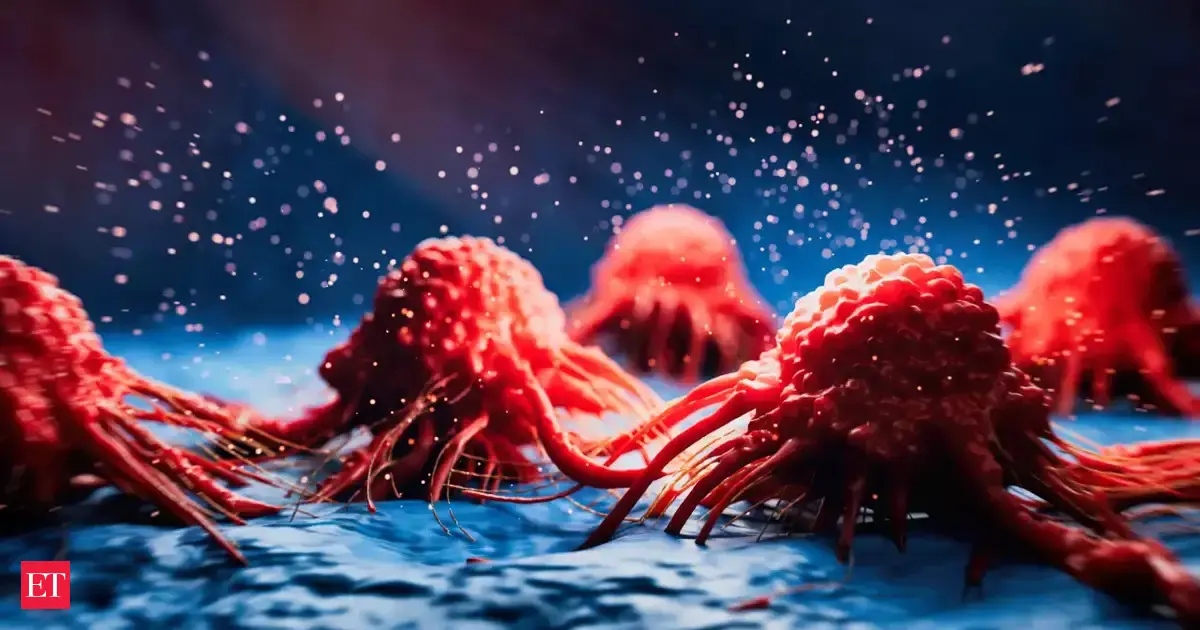Copyright Scientific American

Tell me about what you had for dinner last night. There are different ways you could fill in the details of that story. You could give perceptual descriptions of how your food looked and tasted. Or you could focus more on conceptual experiences, such as what that food made you think and feel. In a new brain scan study, neuroscientists found that telling the same story different ways activates different memory mechanisms in the listener’s brain, shaping how someone remembers what you told them. The results don’t suggest that either form of storytelling—conceptual or perceptual—is necessarily easier to remember than the other; participants in the new study recalled the stories told in these two ways roughly equally. But the findings do show that different storytelling techniques can change how that information is stored and retrieved, perhaps explaining why some people are better at recalling stories with certain types of information compared to others. On supporting science journalism If you're enjoying this article, consider supporting our award-winning journalism by subscribing. By purchasing a subscription you are helping to ensure the future of impactful stories about the discoveries and ideas shaping our world today. “There’s going to be people who are more perceptual rememberers and other people who are more conceptual rememberers,” says senior author Signy Sheldon, a psychologist studying memory at McGill University. The results were published in JNeurosci on Monday and will be presented at the Society for Neuroscience conference next month. Memories aren’t stored in one place in the brain. Instead memory traces are distributed throughout networks in the brain’s outer layers. These networks connect to a deep-brain structure called the hippocampus, which helps form, index and retrieve memories. When forming a memory, the hippocampus tends to engage with some of these brain networks more than others. Sheldon and her colleagues wanted to test whether stories of the exact same events told with different types of details would activate different hippocampal networks. They recruited 35 participants to listen to three mundane stories while in a functional magnetic resonance imaging (fMRI) scanner. Each story—of grocery shopping, going to the airport or going to a restaurant with a friend—had two different versions, with either conceptual or perceptual details swapped into the same overall narrative. For example, in one version of the restaurant story, the narrator says: “A while later, the waiter finally brought us our food. I remember thinking to myself how delicious the pasta was. Looking back, I’m not sure if it was because I was starving or because the food was actually that good.” In the other, they say: “A while later, the waiter finally brought us our food. I remember the two-foot-long pepper mill the waiter used to season our dishes. My spaghetti noodles were swirled around three meatballs on my plate. It looked really good.” After hearing and mentally recalling the stories in the scanner, participants were asked to retell the stories to the researchers. When participants recalled the stories that they heard with conceptual details in the scanner, their hippocampi activated along with parts of a brain network called the default mode network, or DMN, that is active when processing information about oneself, one’s emotions, and more. In contrast, when people recalled perception-heavy stories, the hippocampus activated along with brain networks outside of the DMN, including the left angular gyrus. This brain region is known to be active when recalling memories that contain detail from various senses. “I think this roughly aligns with what I would expect,” says Hongmi Lee, a cognitive psychologist studying memory at Purdue University, who wasn’t involved in the new study. The DMN processes high-level, abstract information, so it makes sense that it would become involved to store and retrieve a story framed with a lot of conceptual detail. Though participants remembered both types of stories equally well in the short term, they tended to prefer the conceptual stories to the perceptual ones and were more confident in their recollections of them. “These conceptual details are often a really big piece of what people remember from a story,” says Chris Baldassano, a psychologist researching memory at Columbia University, who also wasn’t involved in the new research. “If you’re watching a movie, you might remember some of the perceptual details, especially if there’s really striking images. But a lot of the real sort of core story is the conceptual things that are happening—the social interactions, the characters, your emotions.” A preference for conceptual memories may be especially true as people get older. Research shows that as people age, they remember more conceptual details than perceptual ones, shifting away from vivid, event-specific sensory details and toward memories that “get the gist” of what happened. This could be a result of age-related brain changes that make storing and retrieving these lower-level perceptual details more difficult, Sheldon suggests—but it could also be a simple product of having lived more life. When we’re young, “Things are really novel. We’re going to pay attention to everything,” Sheldon says. “But as we get older, we use memories more for social connection, and we often are recalling and describing things that we are more familiar with.” If you want someone to remember the story you’re telling, details of any kind tend to help—especially if they are relevant and unique. “We know that this helps create memories that are easier to access later on,” Baldassano says. “It gives you more potential ‘hooks’ for you to find that memory later on if there’s lots of details attached.”



